As we journey past the quarter mark of the alphabet some of you may have noticed a slight itching in the back of your eyes. Maybe you’ve felt hunger pains, not in your belly, but at the midpoint of your head. That’s where your visual cortex is found and that hunger signals the beginning stages of art addiction. Other symptoms include: a compulsive need to discover all the names of teachers and friends of a particular well known artist, exploding bookcases due to the weight of too many art books, a deep knowledge of auction houses and their scheduled public viewings. Lastly, hives.
Don’t worry, the addiction is relatively benign and plenty of support groups exist. Just remember, it’s a scavenger hunt which has no list and never ends.
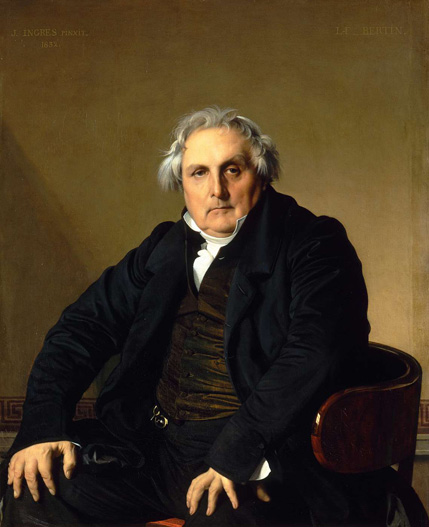
Jean Auguste Dominique Ingres
A pupil of David, his unbelievably accurate and glass smooth rendering disguise his abstract designing of the human form. Tight painting at its best.
![]()
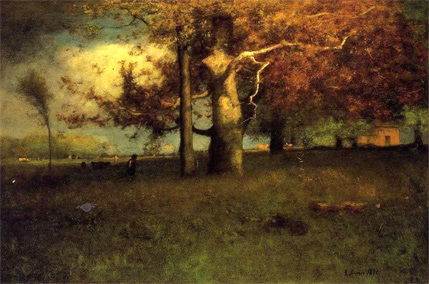
George Inness
An American landscape painter, his warm, atmospheric and almost dreamlike paintings are influenced by both the Hudson Valley artists and the Barbizon School. He sought to infuse his painting with the spiritual via their abstraction of shape, intensity of color, and loss of edges.
![]()
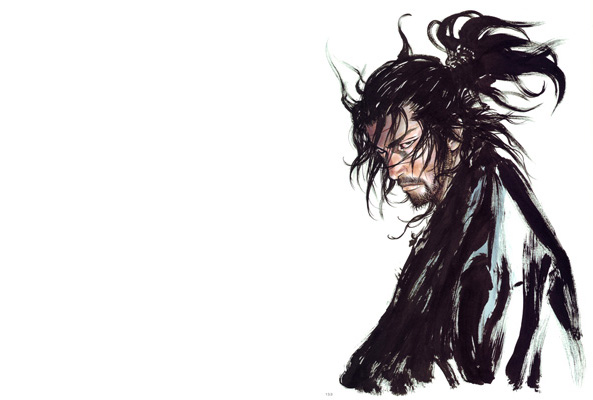
Takehiko Inoue
After producing one of the most popular manga of all time, Slam Dunk, Inoue is now devoted to the samurai epic Vagabond. His once cartoony work has evolved to become much more realistic, rendered with tight technical linework and savage broad brushstrokes.
![]()
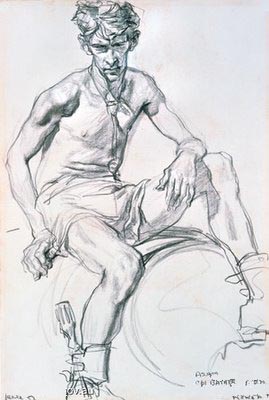
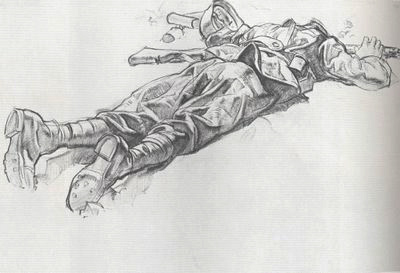
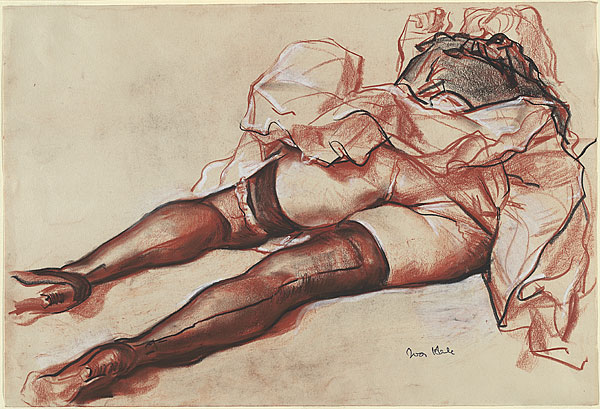
Ivor Hele
A bit of a cheat here, but you can’t ignore a name like Ivor. During both World War II and the Korean War, he recorded the daily lives and tragedies of the Australian military. After retiring from the stress of military life he continued to draw, limiting his subject to his wife in intimate and erotic poses.
![]()
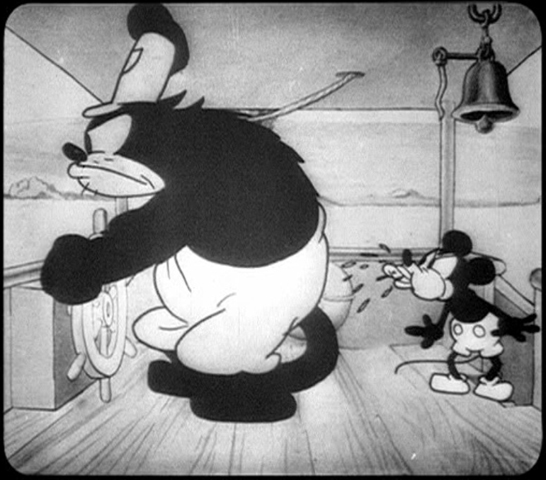
Ub Iwerks
The hidden hand of Walt Disney. Ub was an absurdly prolific animator and considered a technical genius, specifically in optical effects, where he invented several new animation and special effects techniques. However his best known invention remains Mickey Mouse.
C O L O P H O N
The typefaces in the header—Ringlet, Houghton, Nymphic, and Isabella—are four among more than 80 decorative typefaces designed by Hermann Ihlenberg in the late 19th century.
We are Kurt Huggins and Zelda Devon. We live in a pocket-sized apartment in Brooklyn where we collect neat, weird things. Our home is abundant with books, old furniture, mismatching tea cups, and a cat named Cipher. We both illustrate stuff for money so we can continue to invent stories, buy shoelaces, watch puppet shows, and eat sandwiches.










